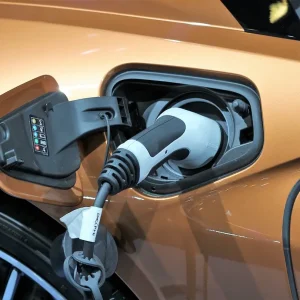New car CO2 emissions figures calculated from the updated WLTP emissions test show an average increase of 10%, according to automotive data firm Cap HPI.
Full figures from the WLTP test will be introduced from September this year, but won’t be used for UK tax purposes until 2020.
However, cars tested now are being put through the new examination, then having their results converted back to a figure representing the old NEDC test, which WLTP is replacing.
The correlated figures are already showing rises, with analysis of more than 600 models showing an average increase for diesel vehicles of 12.6%, for petrol of 7.3%, for petrol plug-in hybrids of 27.3%, and for petrol hybrids of 7.8%.
The correlated figures do not include optional equipment, which will be included with the full WLTP figures.
Cap HPI UK senior forecasting editor Andrew Mee said: “The industry is already seeing the impact of WLTP as some models are removed from the market and options are rationalised.
“While we expect to see the fleet mix change over the coming months with drivers shifting away from models with large CO2 and BIK increases, we don’t expect to see a significant spike in overall sales ahead of WLTP changes in September.”
The WLTP test has been designed to provide a more detailed view of a vehicle’s fuel economy and CO2 emissions, based on a more accurate representation of real-world driving styles.





